How to Manage Your CRM During a Lockdown: Part 2
In our previous post, “How to Manage Your CRM During a Lockdown: Part 1,” we explored the ways you can use downtime during a pandemic lockdown to improve your CRM software data and gear up for better relationships with your customers. At this time, we live in an age that demands our online presence and be more effective than ever as people retire to their homes and seek safety by exploring the world primarily through digital means.
We want to take our last post a bit further. While we considered how you can improve your data and remove redundancy, there is the opportunity to apply that refreshed data to content marketing applications. Content assets like email marketing, email templates, blogs, infographics, whitepapers, and e-books all require attention from time to time. Now, it is the perfect time to make space for improving your content assets and getting them ready for a post-COVID-19 world.
In what follows, AgileCRM considers specific pitfalls that product managers and marketers discover when they review their content for redundancy and the need to update. We also offer some practical tips for resolving the issues you discover in your review of content. Never has it been more difficult for marketers and managers to win new customers as the internet heats up and companies compete primarily for online traffic.
How to Create Content Assets from CRM Data
The CRM data that you discovered, updated, and perfected after the first post in this series can be immediately put to use in a content marketing review. The contents of your emails, images, videos, and more can be evaluated and improved according to data on your customers’ demographics, location, and preferences. Leverage this data as you review content assets to make measurable and meaningful improvements to your content marketing strategy.
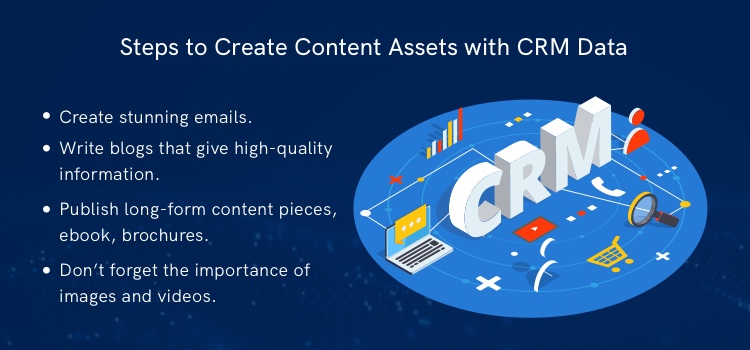
How to Create Email Content
As you segment and personalize your emails, your divisions and customizations should match up with the data you have about your customers. The last thing you need to worry about is the possibility of providing irrelevant content to your consumer. In fact, more than half of respondents say that this leads to frustration with content. Nevertheless, consumers still accept and consent to share contact information when content is useful and responsible.
As you take time at home during this uncertain and confusing time, you can bring a little order to content chaos by
- Step 1: Reviewing your email personalizations with an eye on your segmentation and customizations.
- Step 2: Ask whether this particular field or customization aligns with your customer’s identity.
- Step 3: Understand how these users you have segmented expect your email content to look and sound, and change your approach based on these.
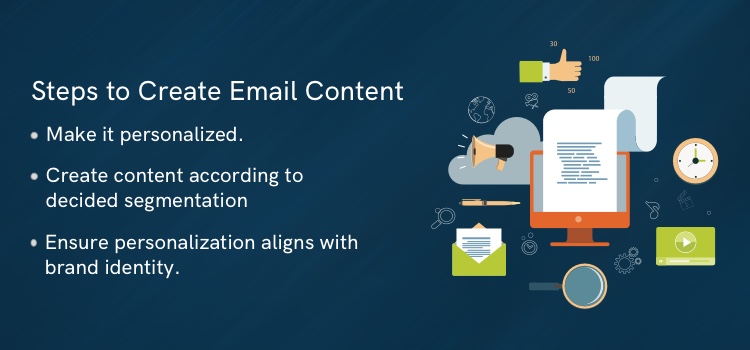
How to Write Blog Posts
Any blog content writer will tell you that the key to valuable content is knowing your audience, identifying them specifically, and creating content that caters to their needs, wishes, and interests. That’s because creating a blog without knowing who will read it is wasted effort and time. The trick is you can easily identify who your ideal audience is with the data you already have sitting in your CRM:
- Step 1: Identify your audience by professional details, funnel placement, and demographic attributes that can help you reverse-engineer a persona that accurately depicts who your best customers are. You may have 2 to 5 personas from the data you have, and that’s acceptable as long as you appeal to their specific interest areas.
- Step 2: Analyze long-tail keywords to understand where this audience collects online based on how they speak about and ask questions of your product. Plan content based on this analysis.
- Step 3: Develop content to the personas and keywords you’ve identified with the help of a dedicated writer who can ensure consistency and correctness, and promote your content across social channels.
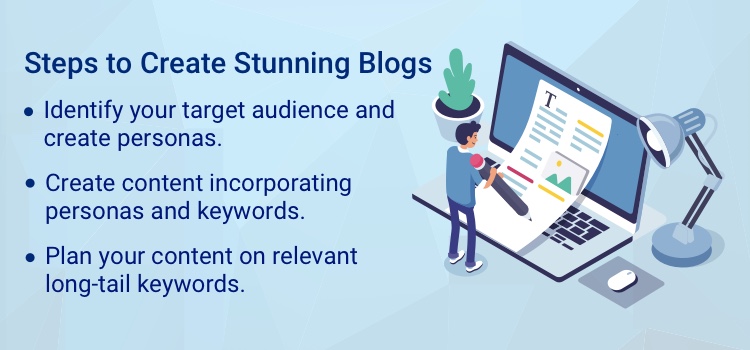
How to Publish E-Books and Brochures
There are various ways to make e-books, brochures, and long-form content more appealing to your consumer. One of them is to make the content more legible and readable such that it fits with the way your customer thinks and speaks. This also ensures your message is easily understood and promoted.
As you review your e-book and long-form content, consider the way that you add clarity to your subject through specific design and communication choices. For example, you might:
- Step 1: Examine the clarity of your visual design and typography with comparison to your professional data on customers. What kind of documents are they accustomed to consuming, and how can you cater to this familiarity?
- Step 2: Draft the content, and make sure all facts and figures are up-to-date. Ensure your expressions add ease to the reading experience by minimizing complexity and simplifying your structure.
- Step 3: Push your content out by asking users to sign up for access to your e-book, and make sure to collect segmenting data on these users so you can use the information to create better content.
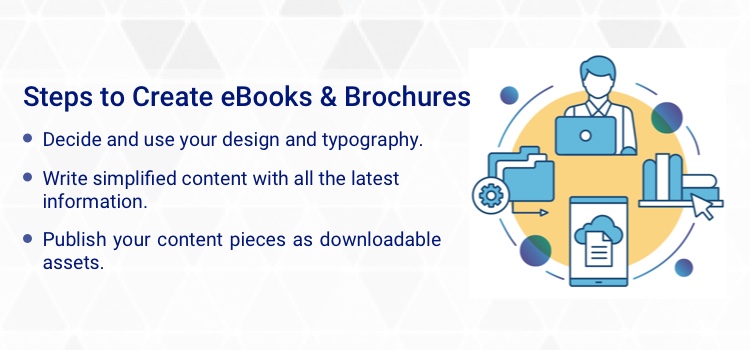
How to Make Promotional Images and Videos
Like other forms of content marketing and production, people understand that content is most effective when it accurately reflects the identity of the customer. Luckily, your CRM is a repository and representation of that customer in all their complexity and similarity. You can:
- Step 1: Divide your content into easily digestible categories so that you can cultivate the right attitude in your customers.
- Step 2: Include detailed keyword research because it is essential to understand how your customer speaks and searches for your product.
- Step 3: Use your CRM to segment your customers based on where they appear in the funnel, and, similarly, you can divide your video content and images based on where the customer consuming it appears in the sales funnel.
You might even expand this to considering how your metadata and descriptions compare to these real-world search terms and queries so that you can garner the most traffic and buzz on your images and videos.
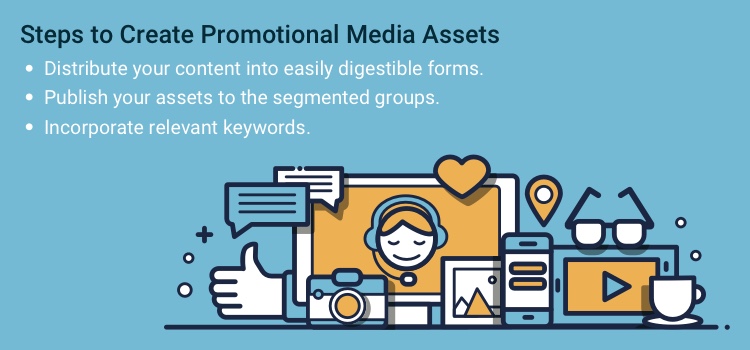
Conclusion
With CRMs, you can engage and communicate with prospects in ways that are controlled by data and which anticipate your customers’ needs.
Similarly, your content is an extension of what your data dictates about how your customer wants you to personalize your content, how they speak about and search for your product, and how they relate to your product from a demographic and professional perspective. In all, your content should be reviewed regularly with the most up-to-date information you have about your customer and their place within the sales cycle.
The current pandemic provides a brief opportunity to perfect and personalize your content assets as you prepare for the economic and social recovery of your audience:
- Take this moment to improve your content marketing strategy.
- Give your customers what they seek from your online presence.
- Teach them, entertain them, delight them.
To get started with a free CRM that can improve your relationship with your customer and your strategy for reaching them, try the All-in-One Agile CRM for free over a 30-day trial.
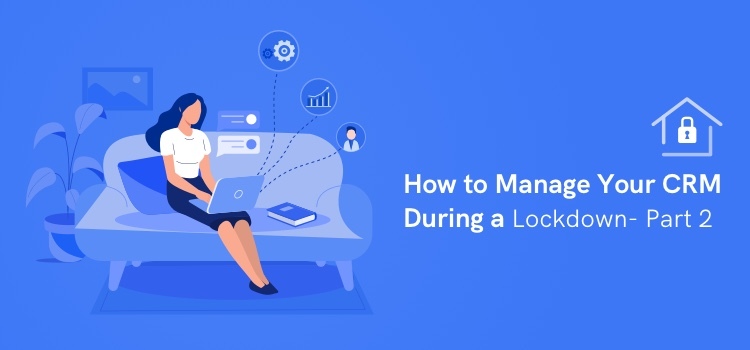
No Comments